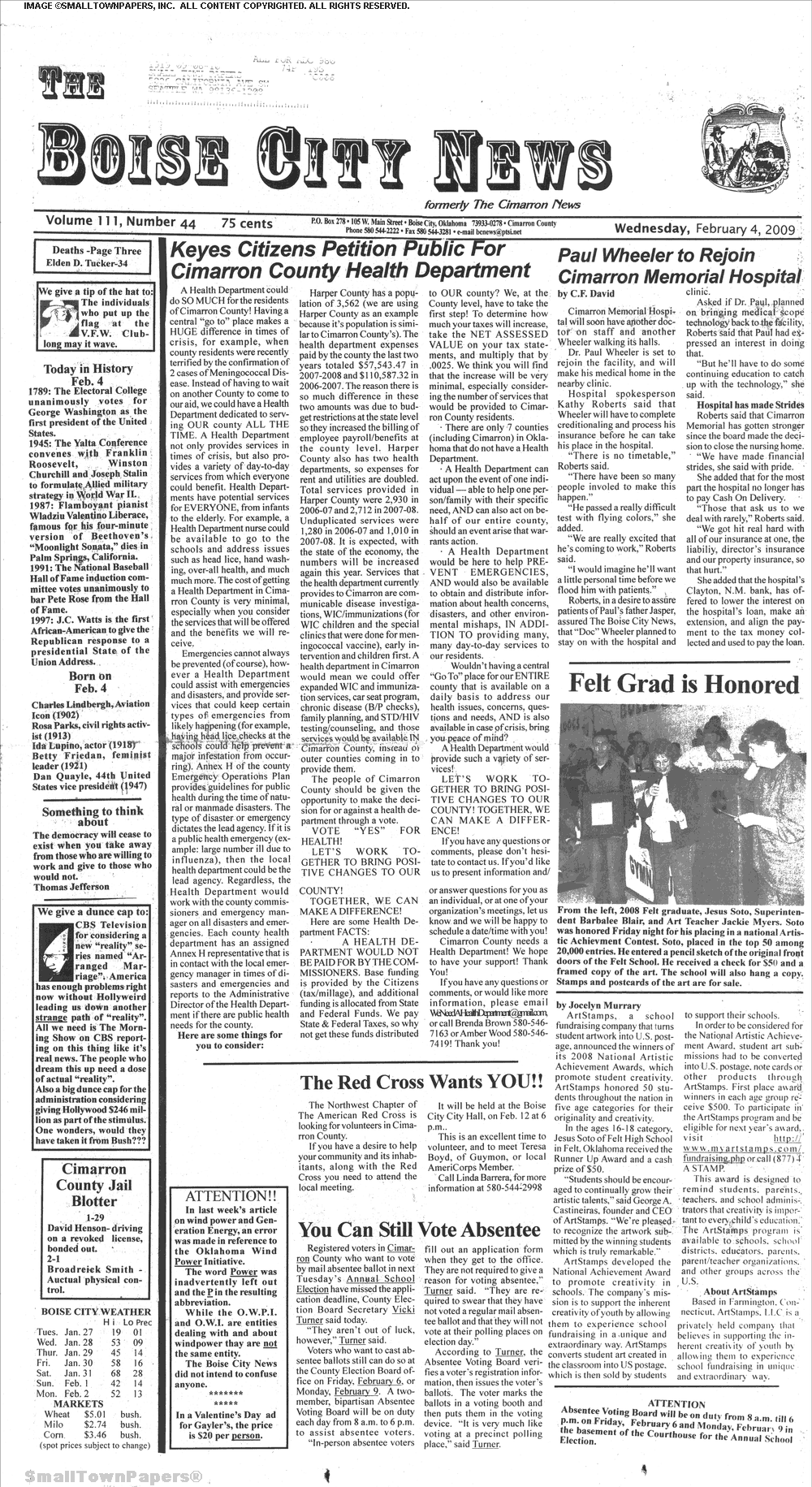So, this is a little bit insular, a little bit out-sular, in an Osmond kind-of-way, but following the green by definition can have no limits.
The Google’s purchase of the The YouTube last year is costing it over $1.6 million per day to host all those citizen-to-citizen chef d’ouvres, as the comrades say. To deliver a little byte of all that content to each of us, Google is bleeding money in many areas, including bandwidth, content acquisition (they pay the likes of Sony for some of the fancier footage), revenue share and storage costs. This just goes to say that even a seemingly genius interweb business model merger like this remains an unfinished masterpiece, at best.
But why is that? We can concieve of the logistical issues involved of hosting/serving such mass quantities of unfiltered freedom, such that it would be necessary to imagine that there must be a God in there somewhere. But where mighteth she reside? Advertising is a lousy mistress in this scenario, and most among us will not admit that we’ve moved beyond selling in the classic sense, even as our wave is queenish and perfunctory. What we absolutely do-not-under-no-circumstances-no-matter-what want to contemplate is that we’ve moved beyond buying, in any sense.
But have we? The web is a classic attention economy, whereby people use different tactics to compete for attention. But an HP study reaches an uninteresting conclusion that becomes more compelling as a kink in the genius model above.
… a study of the success of videos uploaded to YouTube suggest that quality has little affect on success and persistence seems to actually reduce it.
Fang Wu and Bernardo Huberman at HP Labs in Palo Alto, studied the hit rates of some 10 million videos uploaded by 600,000 users before 30 April 2008. They classified a success as a video that is among the top 1 per cent of those viewed.
Their rather depressing finding is that “the more frequently an individual uploads content the less likely it is that it will reach a success threshold.”
Hmmm. The real question should be why you might find this depressing. And that’s only a chin-scratcher if you thought the internet was going to be some ultimate breakthrough against the general tilt (of anything) toward elitism – that it would (finally) enable quality-through-lottery scenarios. I hope that reads as foolish as it sounds. This expectation may be the basic structural flaw of the entire endeavor. Whatever fateful day-after when we reconsidered what we had wished for had this been at all possible would have been a sad one indeed. I am glad to take what the HP researchers consider to be bad news to be merely a restatement of the painfully obvious: popularity no equal quality.
Interested literary agents, please write for more details.



